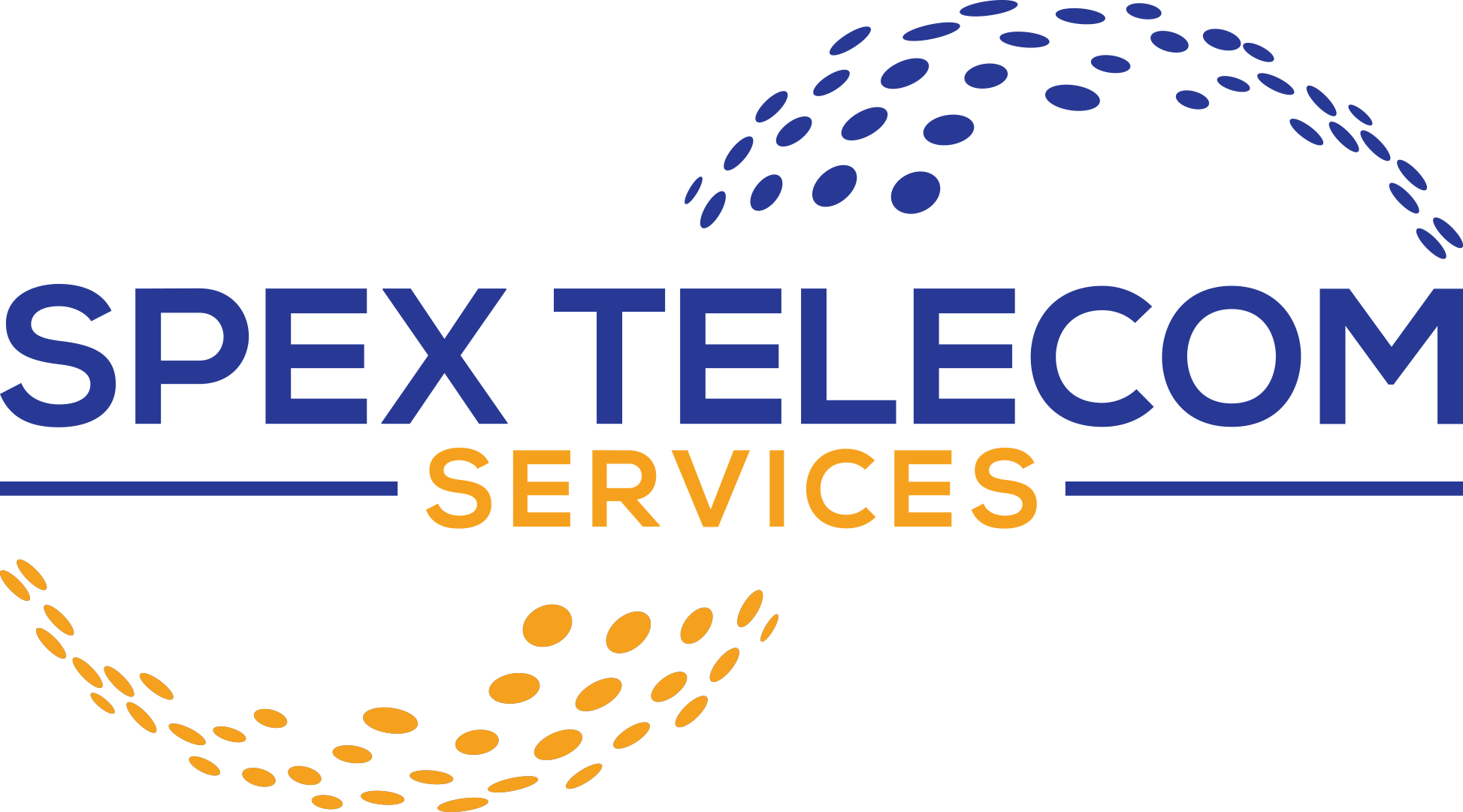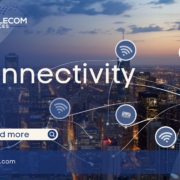Uninterrupted Connectivity: Navigating the Era of Always-On Access and Reliable Networks
The demand for always-on connectivity refers to the increasing expectation and requirement for uninterrupted access to communication, information, and online services, regardless of location or circumstances. They both involve deploying technologies and strategies that minimize disruptions and downtime. This concept has become increasingly important as we live and work in a digital world and rely on continuous access to information, communication, and services.
Here are some benefits of reliable connectivity:
Network Redundancy: Employing redundant network paths and backup systems to ensure connectivity remains intact even if one path or system fails.
Load Balancing: Distributing network traffic across multiple paths to prevent overloading and optimize performance.
Quality of Service (QoS): Implementing QoS mechanisms to prioritize critical applications and services over less important ones, ensuring a smoother user experience.
Failover Mechanisms: Automatic switching to backup connections or systems when the primary connection experiences issues.
Network Monitoring: Employing monitoring tools to track network performance in real-time and identify potential issues before they impact users.
Distributed Data Centers: Using distributed data centers to reduce latency and provide localized access to digital services, enhancing reliability.
Edge Computing: Bringing processing and data storage closer to the user, reducing dependence on centralized data centers, and improving response times.
Security Measures: Implementing robust security protocols protects the network from cyber threats and potential disruptions.
Service-Level Agreements (SLAs): Businesses often establish SLAs with service providers to ensure a certain level of connectivity and performance.
Disaster Recovery: Developing plans to quickly restore connectivity and services in case of natural disasters or other emergencies.
Always-on connectivity and reliable connectivity are crucial in today’s digital age. Achieving both requires a combination of technological infrastructure, strategic planning, and proactive measures to address challenges and maintain seamless connectivity.
Let our partners and team of experts assist your organization with performing proper assessments and asking the right questions to understand your industry and business.


